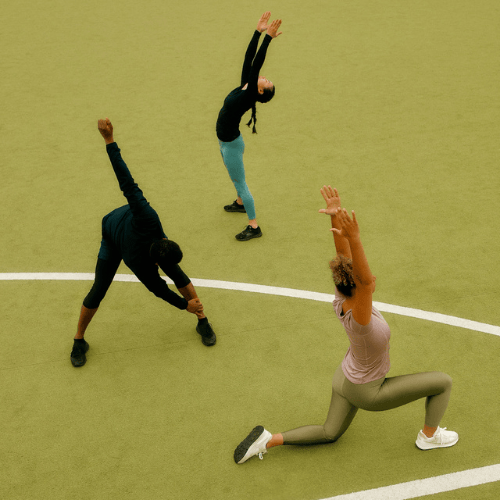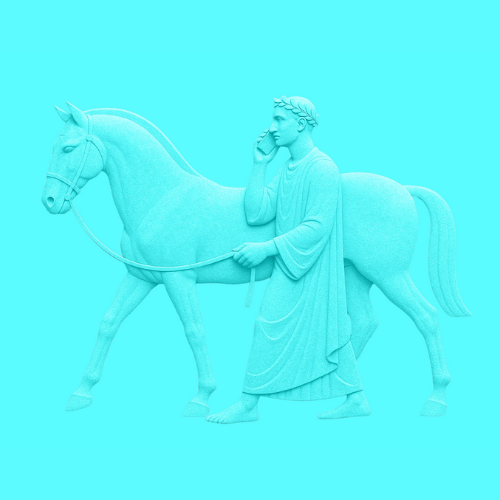UX/UI Trends in 2023

Trends are present in every aspect of our lives, from hobbies and fashion to daily habits and social media. Trends can emerge alongside new technologies like Web3 or use new techniques to build interactive and exciting experiences for their users. Products that align with these trends have a better chance of capturing users' hearts and maintaining a strong presence in the market. This holds true for mobile and web design as well.
In this blog, we will explore 7 top UI/UX design trends for 2023 in both mobile apps and websites. Businesses can gain new ideas for their products, while designers can find inspiration, innovations, functionalities, and other valuable insights.
1. AI-based UX design
As Machine Learning and AI technologies advance, they will enable companies to create more efficient websites and applications. AI-based UX design tools will become more prevalent, shifting the focus from just visual design and user flows to ensuring everything works seamlessly together in digital products. This will allow businesses to incorporate user experience best practices using AI, ensuring that their products meet user expectations. The use of AI will also make it easier to iterate and enhance UX design based on user feedback and input, and address customer issues before they arise. Currently, AI-generated images are already being used extensively on the web and mobile.

2. Nostalgia and the Y2K aesthetic
The Y2K aesthetic is predicted to continue gaining popularity in the current year. In recent times, there has been a resurgence of early 2000s style in various forms such as fashion, music, interior design, and art. This trend is also reflected in design and web development.
It is believed that nostalgia trends repeat in a cyclical pattern, with a cycle length of around 40 years, although the duration of the cycle is debated among experts. However, with the rise of social media, the spread of new trends has accelerated, shortening the cycle. Now, 23 years after Y2K, the aesthetics of the turn of the century are back in full swing.

3. Neobrutalism
Another popular UX/UI design trend that has emerged in recent years is Neobrutalism, which is expected to continue to be prevalent in 2023 with some sub-variations. This trend reflects a nostalgia for the past of web and mobile design, and is characterized by a more personal and less corporate aesthetic. Neobrutalism takes the current trends in UX/UI design to the next level by blending a unique style with modern animation, illustration, and text standards. Although Neobrutalism is not an official term, it is widely discussed in the web design community. Companies such as Figma and Gumroad have already adopted this style for their websites, further popularizing it.

4. VR/AR
In recent years, the accessibility of Augmented Reality (AR) and Virtual Reality (VR) technologies has grown for most businesses. It is believed that AR/VR technology can be utilized more extensively by UX/UI designers to create outstanding websites and applications.
AR enhances real-world scenes with computer-generated graphics, sound, and other inputs, while VR creates a computer-generated simulation of an environment. Both technologies are highly effective and can be useful for businesses looking to provide a unique experience for their customers.
AR/VR technology is an exciting development that is already being commercialized to help create virtual interactions that merge with real life.

5. Scrolly-telling
Traditional page scrolling is becoming less popular as it lacks dynamism, even when it includes video or animated content. To overcome this, UX/UI designers are using no-code and animation libraries to control the visuality, order, and interface of content in a more hierarchical manner.
Scrolling can be enhanced to display smoother and more precise behaviors, such as transitions, zooming in and out of videos, and altering the shape of images. By using this approach, brands can present their products in a fluid and storytelling manner with the appropriate strategy.

6. Accessibility becomes a legal requirement
The user experience (UX) is centered around accessibility. Every designer aims to provide all users with an enjoyable experience and easy navigation on their website.
In 2020, the European Union member countries implemented the European Accessibility Act as a legal requirement. By 2025, applicable businesses within the member states will have to comply with a set of common rules on accessibility standards for a wide range of products and services, including computers, operating systems, smartphones, banking services, ATMs, e-books, and e-commerce.
This sounds great news because persons with disabilities and the elderly can finally enjoy accessible products and services without barriers.

7. Loading animations
Loading animations were once popular in the early days of the web but fell out of favor for an extended period. Recently, a significant number of designers have started to incorporate loading screens into their designs again, and this trend is expected to continue into 2023.
The resurgence of loading screens is due to the growing popularity of interactive, animated, and immersive website designs. A loading screen offers an additional opportunity to engage with viewers and convey the identity of your website. Web users dislike waiting for pages to load and animations can make the wait feel less tedious.

Being aware of the latest trends is only one part of the equation. The real challenge is to effectively implement them in our products. The trends in digital user experience and interface that we discuss in this blog will have a significant impact on software development in the upcoming years.
By adopting these trends, businesses can enhance digital user experiences and create superior products. We are currently in the age of digital transformation, so it is essential for businesses to stay informed about emerging trends in user experience and interface. As product designers, we should always strive to provide our users with cutting-edge designs by staying current with trends.
Sources:
https://webflow.com/blog/web-design-trends-2023
https://medium.com/geekculture/10-ux-ui-design-trends-in-2023-bonus-71348ddd80b1

.webp)
.png)

.png)
.png)



